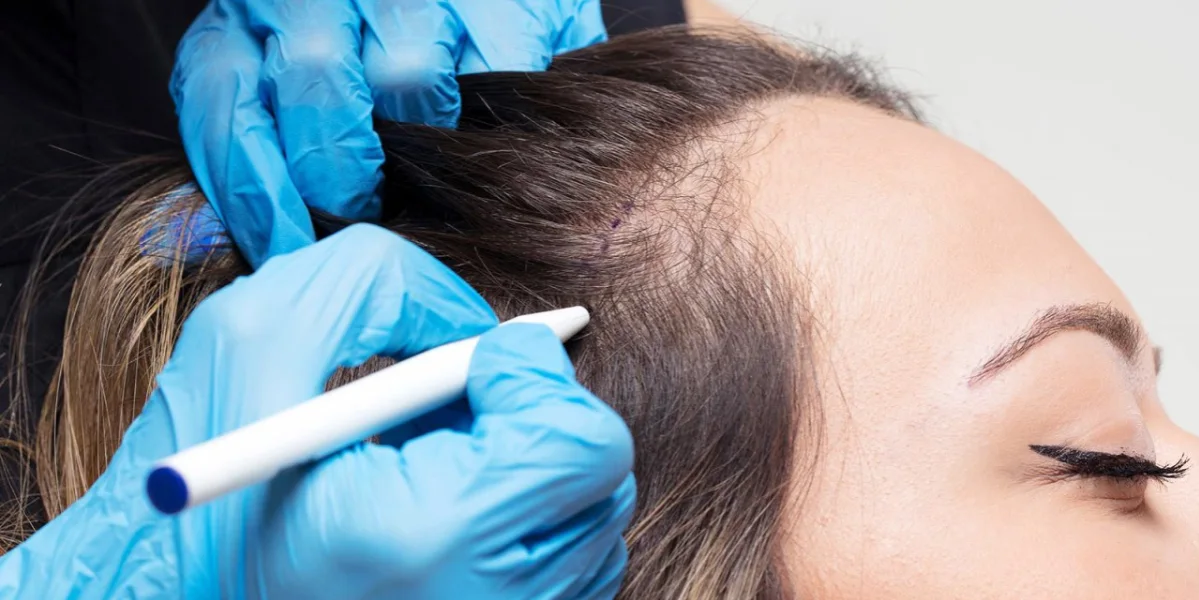Hair loss has long been associated with men, but the truth is, it affects women too—and not just a little. Whether it’s from hormonal imbalances, stress, genetics, or underlying health conditions, thinning hair can take a toll on a woman’s confidence. While there are countless products that promise to restore hair, many women are now considering more permanent solutions. This is where procedures like Hair Transplant in Dubai have entered the conversation, proving that hair restoration isn’t just for men anymore.
Understanding Female Hair Loss
Hair loss in women often goes undiscussed, but it’s surprisingly common. Unlike the classic receding hairline or bald spots seen in men, women tend to experience diffuse thinning across the scalp. This can be triggered by a number of factors:
- Genetics (female-pattern hair loss)
- Hormonal changes (such as menopause or thyroid issues)
- Medical conditions (PCOS, anemia)
- Severe stress or trauma
- Overstyling, chemical treatments, or tight hairstyles
Why Hair Transplants Are Now for Women Too?
Traditionally, hair transplants were seen as a male-only treatment. This is partly because male hair loss often presents with clear donor and recipient areas, making transplantation more straightforward. But advances in techniques have made it possible—and effective—for women too.Women typically retain healthy hair around the sides and back of their head, just like men. These areas can serve as donor sites for transplanting healthy follicles into areas with visible thinning. The key difference lies in how and where the hair is transplanted.
Techniques
There are two primary techniques:
- FUE (Follicular Unit Extraction): Individual hair follicles are extracted from the donor area.
- FUT (Follicular Unit Transplantation): A small strip of scalp is removed, and follicles are then harvested from it.
When Is a Woman a Good Candidate for Hair Transplant?
Not every woman experiencing hair loss will qualify. Ideal candidates include those with:
- Localized hair thinning (such as temples or hairline)
- Stable donor areas with strong follicle density
- Scarring alopecia (hair loss caused by trauma, surgery, or burns)
- Hairline lowering for a more feminine appearance
Types of Hair Loss Best Suited for Transplant
Female Pattern Hair Loss (Androgenetic Alopecia): If the donor area is unaffected, transplant can improve density.
Traction Alopecia: Caused by tight hairstyles, this localized loss responds well to surgical correction.
Hairline Reshaping: Some women naturally have high foreheads or M-shaped hairlines. Transplants can lower the hairline for a softer, rounder frame.
Post-surgical or Post-trauma Scarring: Scars from surgery, burns, or accidents can be covered using healthy follicles from donor zones.
Conclusion
So, can women benefit from hair transplants? Absolutely—provided the right conditions are met. With the right approach, hair transplantation can be a transformative experience, offering long-term solutions for those struggling with thinning hair or pattern baldness. It’s no longer a male-only procedure; it’s an empowering option for women ready to take back control of their appearance and confidence.






Comments